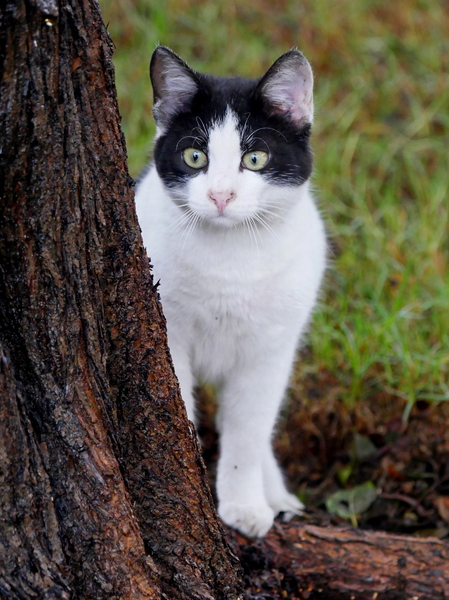Comprehending Clumping vs. Non-Clumping Cat Litter
Comprehending Clumping vs. Non-Clumping Cat Litter
Blog Article

Cat litter and litter boxes play an essential role in the lives of both cats and their owners. From the simple starts of sand and soil to the ingenious advancements of today, the world of cat litter has developed substantially. In this thorough guide, we explore every aspect of cat litter and litter boxes, exploring their history, types, benefits, difficulties, and everything in between.
The history of cat litter dates back centuries, with ancient civilizations using sand, soil, and even ashes as primitive litter materials. However, it wasn't up until the mid-20th century that contemporary cat litter as we understand it emerged. In 1947, Edward copyright introduced the world's first industrial cat litter made from absorbent clay, reinventing the method felines relieved themselves inside your home. Considering that then, cat litter has actually gone through various changes, with the introduction of clumping litter, silica gel litter, naturally degradable choices, and more.
Today, cat owners are spoiled for choice when it comes to picking the ideal litter for their feline buddies. Standard clay litter stays popular for its cost and effectiveness in absorbing odors. Clumping litter, which forms strong clumps when wet, streamlines cleaning and maintenance. Silica gel litter, composed of extremely absorbent silica crystals, uses remarkable smell control and longevity. Biodegradable options, such as recycled paper, wood pellets, corn, and wheat, interest ecologically conscious consumers.
Each kind of cat litter provides unique advantages. Clay litter masters its capability to absorb moisture and control smells, making it a trusted option for numerous cat owners. Clumping litter streamlines everyday scooping and extends the time between total litter changes. Silica gel litter provides extraordinary smell control and can last longer between replacements. Eco-friendly litters use a sustainable alternative that minimizes ecological impact.
While cat litter enhances indoor feline health, it is not without its difficulties. Dust from clay litter can pose respiratory risks for Pine Pellet Cat Litter both felines and humans, triggering the appeal of dust-free alternatives. Some felines might develop litter box aversion due to problems with texture, scent, or tidiness, requiring experimentation with various litters and box setups. Multi-cat households may need strategic litter box positioning and frequent upkeep to prevent territorial disagreements and guarantee all felines have access to clean centers.
Choosing the appropriate litter box is vital for promoting positive litter box practices and overall feline wellness. Factors to think about cat litter tray include size, ease of access, and style preferences. Covered litter boxes supply privacy and help consist of odors, however some cats may discover them confining or daunting. Open-top litter boxes offer easy gain access to and visibility however may lead to more litter scatter. Automatic self-cleaning litter boxes improve upkeep but require routine monitoring and upkeep.
Proper litter box upkeep is crucial for guaranteeing a tidy and inviting environment for both cats and their owners. Daily scooping cat litter tray eliminates waste promptly, reducing smell and discouraging litter box hostility. Regular litter replacement, usually every 1-2 weeks, avoids bacterial buildup and maintains ideal absorbency. Extensive cleaning with mild detergent and water, avoiding severe chemicals that might deter cats from using package, need to be performed monthly.
Cat litter and litter boxes play a central role in cultivating a healthy and unified relationship between cats and their human companions. With a varied selection of litter options and litter box designs offered, feline owners have the versatility to customize their options to suit their cats' preferences and home requirements. By comprehending the advancement, types, advantages, and challenges of cat litter and litter boxes, animal owners can supply their feline good friends with a comfortable and hygienic indoor environment.